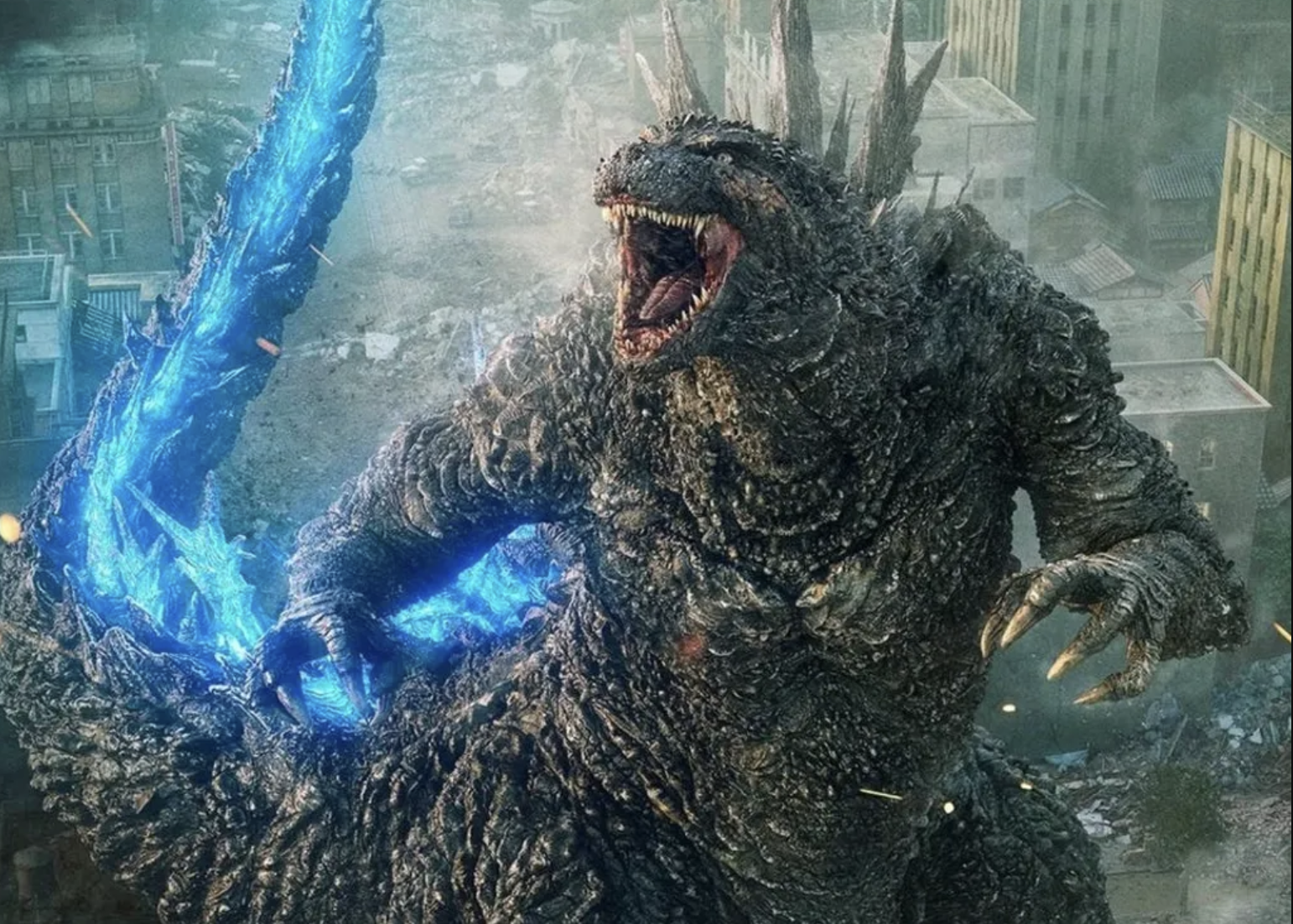With Godzilla Minus One, the long-running film franchise takes a huge step forward by going back – to its origins. The result is one of the best Godzilla films ever made and an overall excellent film.
Godzilla Minus One, which premiered in the United States on December 1, is the 34th live-action film to feature the radiation-emitting giant (30 have been produced by Japanese film studio Toho since the 1954 series, and four have been produced in the US in years 1998–2023). However, the new film is not a continuation of any of the previous ones. In fact, it replaces all of its predecessors, including the original 1954 groundbreaking classic that introduced Godzilla and established his origins, powers, and capacity for mass destruction. Overall, Godzilla Minus One represents the first appearance of the creature and marks an entirely new path for continuity.

This is nothing new – Toho has rebooted the franchise several times, most notably in The Return of Godzilla (1984), Godzilla 2000 (1999), Godzilla, Mothra, and King Ghidorah: Giant Monsters All-Out Attack (2001) and Shin Godzilla (2001). 2016), all of which omitted significant parts or the entire fictional story created in the earlier films. However, it could be argued that none of these attempts achieved this as effectively and with as much deserved aplomb as Godzilla Minus One, the first film to fully return to the intensely serious and even disturbing approach last seen in the original since 1954 year. Produced less than a decade after the atomic bombs were dropped on Hiroshima and Nagasaki at the end of World War II, the original Godzilla (or Gojira as it was called in Japan), directed by Ishiro Honda, was an allegory for nuclear horror. a weapon that comes from the only nation on Earth that has experienced this kind of unfettered power first-hand. As such, the film was a stark, black-and-white, nightmarish work that emphasized merciless destruction, widespread fatalities, and lingering side effects, including radiation poisoning. But with great success came sequels that quickly moved away from these themes, instead emphasizing sci-fi spectacle, kid-friendly adventure, and even comedy. Rarely has a series attempted to return to more serious, substantive and mature subject matter, and it has never been able to do so to the extent that Godzilla Minus One did.
Structurally, the film owes a lot to the original, as it depicts the threat of Godzilla, culminating in the creature’s sweeping attack on Japan and a group of people, including an eccentric scientist, banding together to find a way to destroy it. And like the original film, Godzilla Minus One manages to avoid a problem that has plagued the franchise for much of its existence: the human characters in this film are well-written, compelling, relatable, and likeable, and create a story that enriches the whole. visual experience instead of worsening it. Their predicament would be interesting even if Godzilla wasn’t the main problem. The main character, failed World War II kamikaze pilot Koichi Shikishima (played by Ryunosuke Kamiki), is a deeply flawed and tortured individual who follows a path of personal growth and self-discovery shaped by tragedy and profound loss – too many of Shikishima blames them. on each other. Throughout its journey, the film explores a variety of themes, including post-traumatic stress disorder (PTSD), cowardice, honor, duty, and what constitutes family, and it does so in a way that never feels shallow or gratuitous.
The film is even more reminiscent of World War II than the original, as it takes place both in the final days of the global conflict and shortly after its end, as the Japanese struggle to recover from defeat and literally live among the ruins of their civilization. As they begin to rebuild after the war, Godzilla appears, forcing them to once again face the crushing horror. To this end, the film does not shy away from or undercut the massive destruction and staggering death toll that resulted from Godzilla’s actions.
And these actions are truly wicked. Outside of the original film, Godzilla has never been so aggressive—that is, so sinister—as the ultimate harbinger of doom. If this movie doesn’t completely erase your memories of Godzilla fighting, flying, dancing, and talking, nothing will.
But some things about him haven’t changed. He still has that distinctive roar that was created for the original film by rubbing a leather glove covered in pine tar resin against the string of a double bass. It is still accompanied by the evocative theme music, created decades ago by composer Akira Ifukube, whose work is used in the spots here to complement the new and extremely effective soundtrack composed by Naoki Satō.
There are other elements that make the film feel both familiar and new – particularly the way Godzilla’s powers and abilities are presented, and advances in visual effects allow the filmmakers to do things that would be impossible, unconvincing, or purely and simple. too expensive in those days. The origin story of the creature comes from the 1991 film Godzilla vs. King Ghidorah. There are even one or two storylines seemingly inspired by Jaws, with another possibly inspired by The Dark Knight Rises. And everything works.
